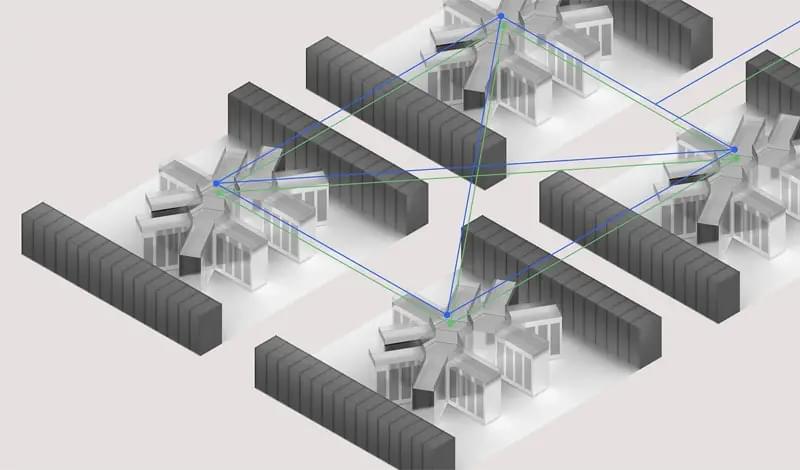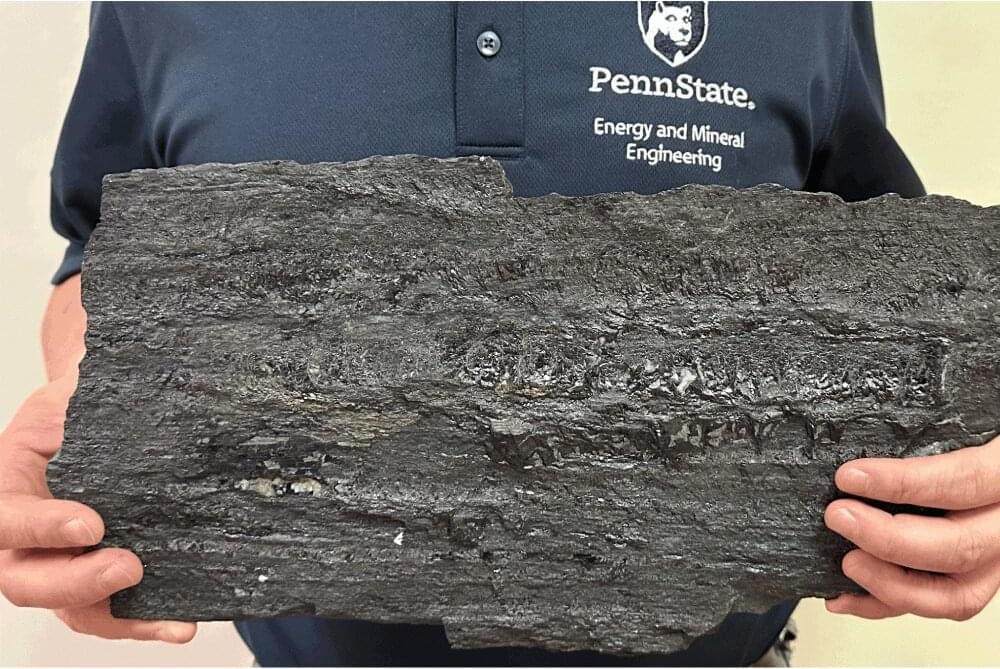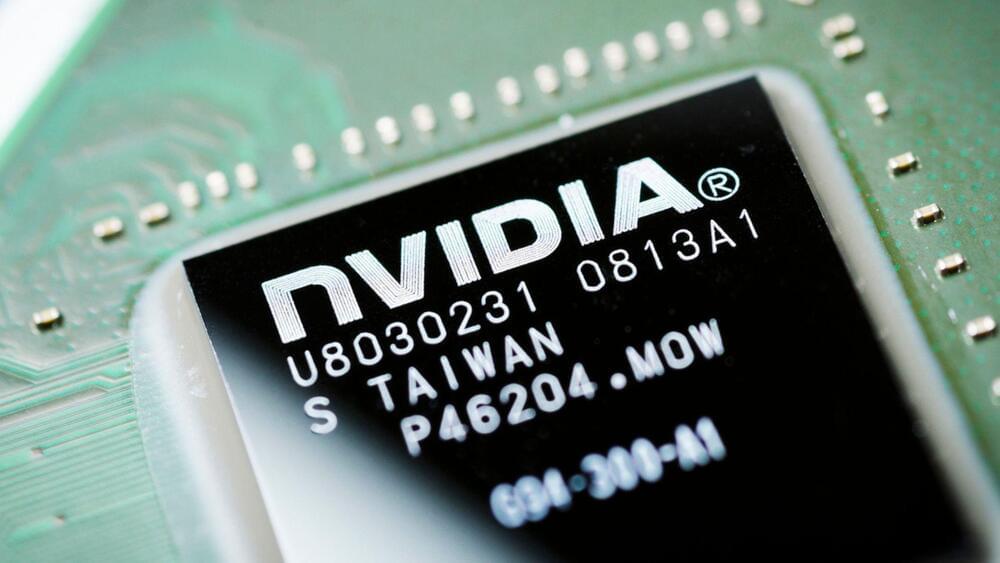Please make sure your browser supports JavaScript and cookies and that you are not blocking them from loading. For more information you can review our Terms of Service and Cookie Policy.
“For instance, in Japan, a battery tanker can carry power from regions with high renewable energy supply potential, such as Kyushu and Hokkaido, to high-demand areas of Honshu or for inter-island power transmission,” the company explained.
While electric propulsion vessels might be the future to decarbonize the shipping industry, there appears to be a need to haul stored renewable power to other grids worldwide via a new tanker class.
Age-related hearing loss impacts one in three adults between the ages of 64 and 75 in the US, and around half of these numbers are down to genes.
The extra kicker, though, is that because hearing involves a complex genetic toolkit, it also makes this kind of hearing loss incredibly difficult to treat.
A team of researchers has for the first time targeted age-related genetic hearing loss in a much older cohort of mice, which had a mutation of the human transmembrane serine protease 3 (TMPRSS3) gene that results in autosomal recessive deafness 8/10 (DFNB8/DFNB10).
If rising oceans aren’t worry enough, add this to the risks New York City faces: The metropolis is slowly sinking under the weight of its skyscrapers, homes, asphalt and humanity itself.
New research estimates the city’s landmass is sinking at an average rate of 1 to 2 millimeters per year, something referred to as “subsidence.”
That natural process happens everywhere as ground is compressed, but the study published this month in the journal Earth’s Future sought to estimate how the massive weight of the city itself is hurrying things along.
A new genetics study of ant “social parasites” shows how complex sets of features can emerge rapidly and potentially split species.
IBM has announced a 10-year, $100 million initiative with the University of Tokyo and the University of Chicago to develop a quantum-centric supercomputer powered by 100,000 qubits.
Quantum-centric supercomputing is an entirely new – and as of now, unrealised – era of high-performance computing. A 100,000-qubit system would serve as a foundation to address some of the world’s most pressing problems that even the most advanced supercomputers of today may never be able to solve.
The quest to develop hydrogen as a clean energy source that could curb our dependence on fossil fuels may lead to an unexpected place—coal. A team of Penn State scientists found that coal may represent a potential way to store hydrogen gas, much like batteries store energy for future use, addressing a major hurdle in developing a clean energy supply chain.
“We found that coal can be this geological hydrogen battery,” said Shimin Liu, associate professor of energy and mineral engineering at Penn State. “You could inject and store the hydrogen energy and have it there when you need to use it.”
Hydrogen is a clean burning fuel and shows promise for use in the most energy intensive sectors of our economy—transportation, electricity generation and manufacturing. But much work remains to build a hydrogen infrastructure and make it an affordable and reliable energy source, the scientists said.
Every year since 2011 has seen at least six severe storms, costing the US billions of dollars.
The country has led the research effort for many decades and now wants to be the first to achieve the goal.
A partnership between a private entity and Japan Aerospace Exploration Agency (JAXA) is working toward beaming solar power from space. If all goes well, the partnership could run its first trial as early as 2025, just a couple of years from now, Japanese media outlet Nikkei.
Space-based solar power was first suggested by Czech-born NASA engineer Peter Glaser in 1968. Geopolitical conditions just a couple of years later led to the oil shock decade of the 1970s, when the idea received support from NASA and the U.S. Department of Energy.
The company is also focusing on advertising and its core segment of gaming.
Chipmaker Nvidia has unveiled a slew of artificial intelligence (AI) products in its bid to stay ahead of the game and join the trillion-dollar valuation club with the likes of Apple, Microsoft, and Amazon. The announcement comes close to the market rally of NVIDIA stock, which rose over 25 percent last week.
Once known for making chips for gaming geeks, Nvidia is now at the core of the AI frenzy that has gripped the world after its graphic processing units (GPUs) have been a critical component of the capacities of AI tools. The company’s A100 and H100 chips have become household names after tools like ChatGPT became popular last year.









